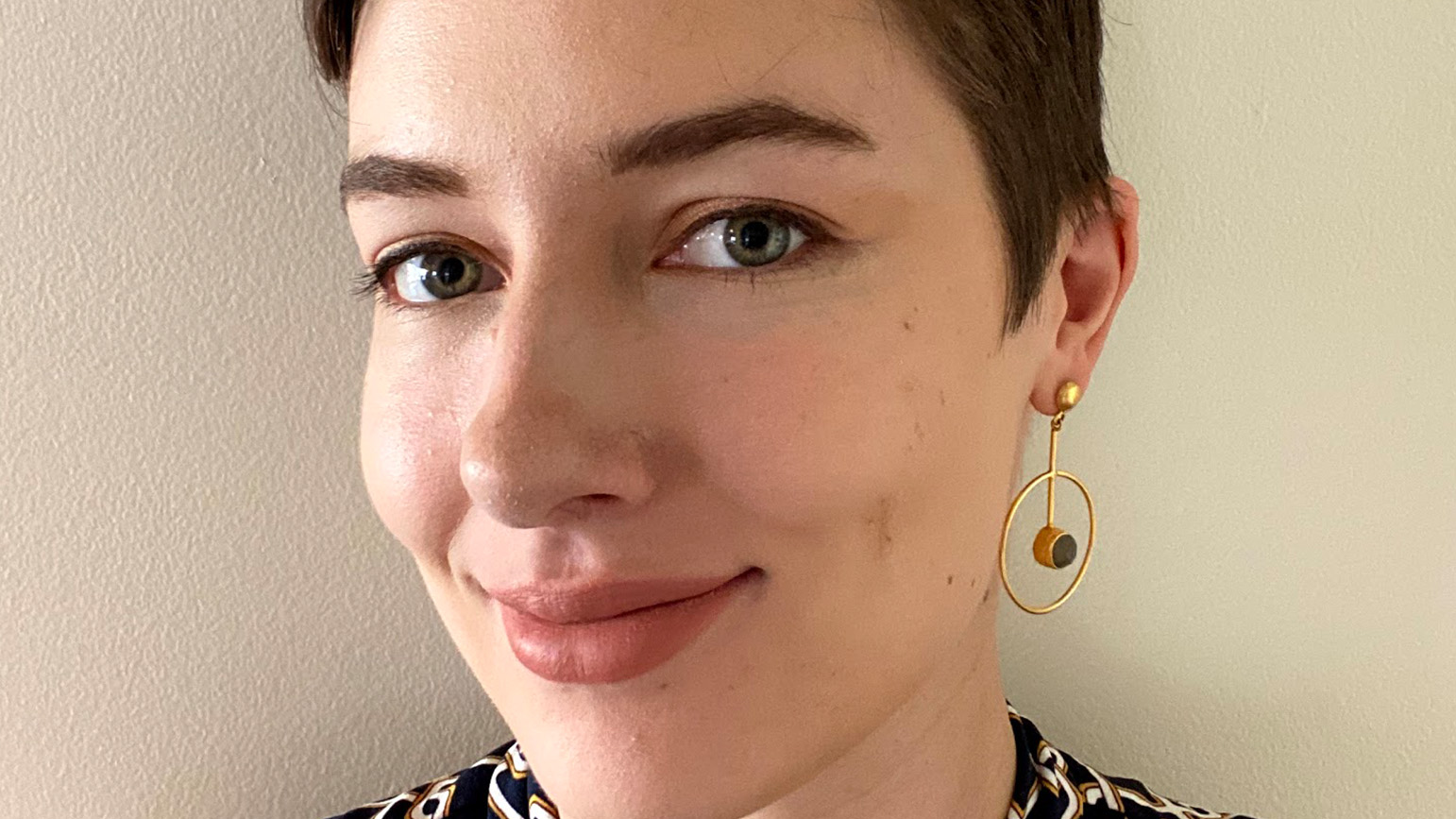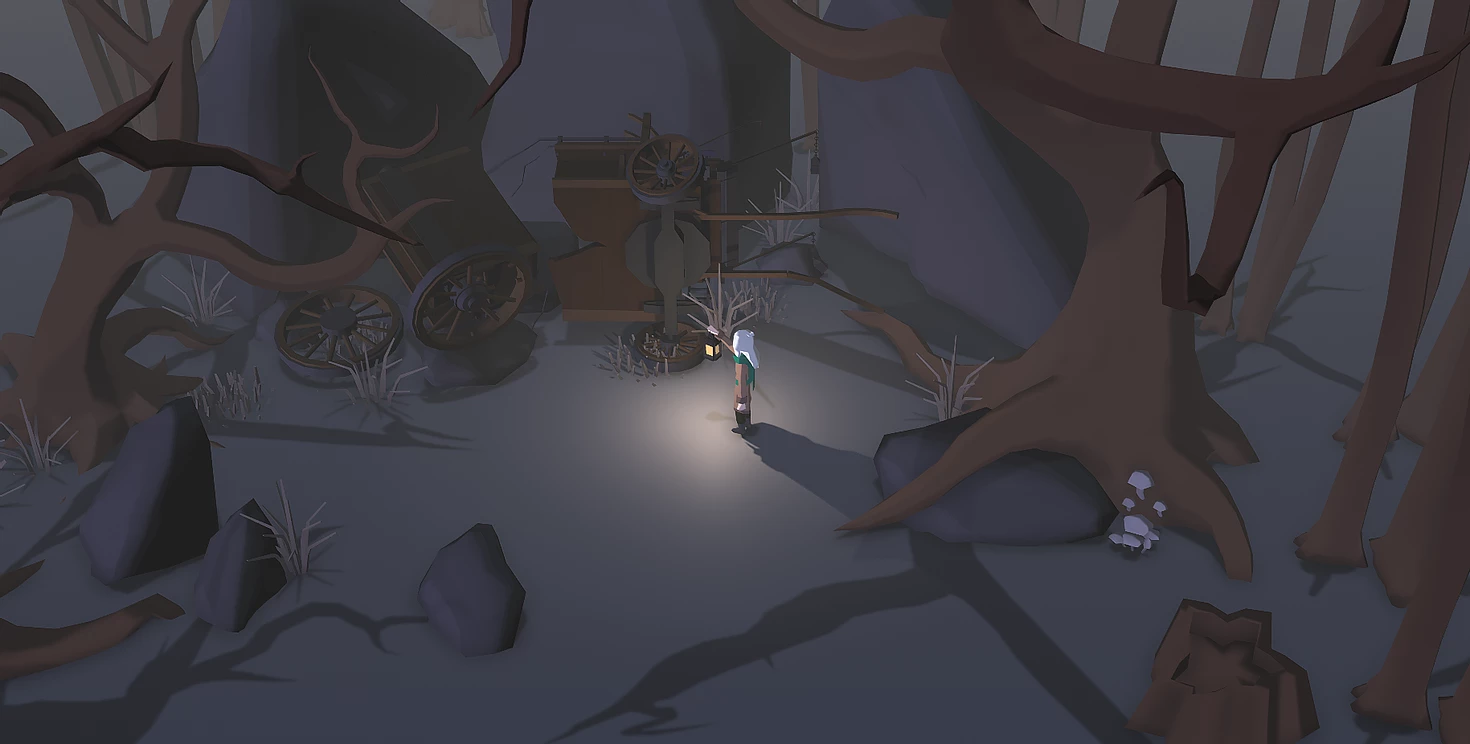
Marlena Abraham is an advanced game designer at Schell Games, where they work on client and internal projects in VR/AR (virtual reality/augmented reality), educational games, and location-based entertainment. In addition, they are an indie game designer and the President of Bit Bridge LLC, a community organization for indie game creators in Pittsburgh.
Abraham also writes articles about game design, virtual reality, things to keep in mind when looking to get into the games industry, and lessons learned from running an indie creator community. Students interested in game design may find the articles “6 methods to figure out if you want to be a game designer” and “Creating a killer game design portfolio” especially helpful.
“5 Questions” is an ongoing series by the School of Art that asks alumni who are transforming art, culture, and technology about their current work and time at Carnegie Mellon.
What are some of the most exciting developments in new technology in game design right now?
It’s really exciting seeing VR becoming more and more mainstream. It keeps getting cheaper and things we predicted coming out four or five years ago are starting to emerge such as cheaper headsets, inside out tracking, easier to use interfaces for people making their own stuff, and larger social interconnectedness. In the beginning, even a couple of years ago, people didn’t really know what to do with this new technology. But now it feels like design patterns, best practices, and better tools are emerging. Now you’re more easily able to find excellent high-quality content, and I think this trend will continue.
People have been applying game design techniques in other industries for a while now, but it’s exciting to see it really picking up in different sectors like education and training. Technology like AR and VR are becoming more ubiquitous.

What kinds of projects does Schell Games make? Tell us about one of your favorite projects.
Schell specializes in emergent technologies and weird one-off things. We do a mix of grant work, which is usually educational; internal intellectual properties, which are more entertainment-focused projects like “Until You Fall,” a sword-fighting game that just came out; and big client work, which can be apps, VR, using a new piece of technology for a conference, and projects for theme parks and museums.
One project I worked on recently was “History Maker VR,” which is mostly used by middle schoolers. You dress up in VR and give a talk as a historical figure. That project was fun because it was a tight-knit group of people who are all really good at their jobs, and I got to run a project for the first time in a while. It’s rewarding to be in the spot where you have a blueprint for a project that you’re responsible for making come to life.
Tell us a bit about Bit Bridge and how it’s had to adapt to the COVID-19 pandemic.
Bit Bridge is a community for indie developers in Pittsburgh and the surrounding areas. Indie development can be very lonely because you’re on your computer, holed up in your room, making your dream game by yourself. Unless you have training in this industry, it’s also difficult to have all the technical expertise needed. Bit Bridge brings people together to see what each other are working on, to give feedback, and learn from one another.
There was definitely a huge shift when COVID-19 started because all of our stuff was in person. The whole idea was to get together face-to-face and talk about things, so we can then go back to our isolation tanks and continue working. Before the pandemic, we had a Discord server and now almost everything happens on Discord. At the start of the pandemic, there was a back-and-forth of figuring out what sort of things worked in real life that can be translated to an online format. We also had to figure out what people actually wanted and had the energy to do, because making creative work outside of your day job takes a lot of energy that a lot of us don’t have right now. We ended up having more social stuff recently because that’s what people really needed.
Usually we have a Halloween showcase that’s our big annual showstopper. This showcase is a big costume party where we rent out a large space and all the indie groups set up tables. Both people in the indie games community and the general public can come in costume, play games, eat food, and see art projected on the walls. It’s a great hang out space for people who are inside and outside the community. This year, we decided to do a Halloween Game Jam on Discord.

Could you talk a bit about your time as an undergraduate at CMU’s School of Art? Are there any experiences you had as a student that stand out?
I often point to Golan Levin as a person who got me onto the games track. It was something that I was interested in but never really knew how to pursue. I didn’t start off in the School of Art; I started in Computer Science but wanted to do the BCSA program. Initially I didn’t make the cut because, quite frankly, my portfolio was terrible. Golan really helped me figure out what I needed in my portfolio and nudged me in the right direction. I really enjoyed my time in his classes.
Same with Paolo Pedercini. He is a great person to introduce you to a world of games that’s not like the well-known triple A’s, which was super important for my background education and my indie practice.
Do you have any advice to share with students?
Learn as much as you can in as many areas as you can because you’ll never know what weird piece of esoterica, history, mathematics, or science will catch your eye and become part of your art. There are a lot of really weird and fun classes at CMU, along with tons of good media out there like books, podcasts, films, and museums. Go find stuff that interests you and keep the dream alive. Stay curious.




